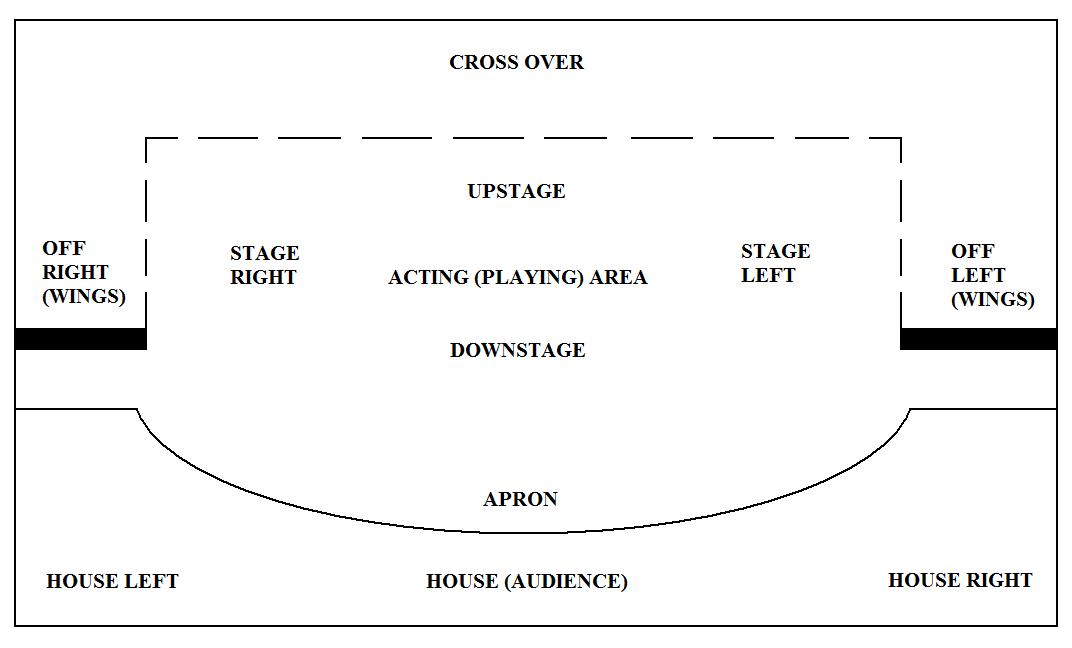Stage Plan

What is PDSA? PDSA, or Plan-Do-Study-Act, is an iterative, four-stage problem-solving model used for improving a process or carrying out change.
- Stage 1 – Once you have the cue list and a plan of the set, and have a clear idea of what is needed for the show and what the lighting needs to do, you can draw a pre-plan. This is a roughly-drawn plan view of the stage, showing the areas that you’ve broken the stage into, and any pieces of set that need lighting.
- Stageplan Inc in Enumclaw, WA -- Get driving directions to 1101 Battersby Ave Enumclaw, WA 98022. Add reviews and photos for Stageplan Inc. Stageplan Inc appears in: Display Designers & Producers.
When using the PDSA cycle, it's important to include internal and external customers; they can provide feedback about what works and what doesn't. The customer defines quality, so it would make sense to also involve them in the process when appropriate or feasible, to increase acceptance of the end result.
(If you're unsure about, who your customers are, you may want to create a customer chain to assist in identification.) In applying PDSA, ask yourself three questions:. What are we trying to accomplish?. How will we know that a change is an improvement?. What changes can we make that will result in an improvement? Stage 1: Plan A.
How to make a Stage Plot (Stage Plan) for a Band. One day or other every band is asked to provide a STAGE PLOT / STAGE PLAN / INPUT LIST.Stage plot is an illustration of the band’s set up, location on stage or appliances you use.
Recruit Team Assemble a team that has knowledge of the problem or opportunity for improvement. Consider the strengths each team member brings—look for engaged, forward-thinking staff. After recruiting team members, identify roles and responsibilities, set timelines, and establish a meeting schedule. Draft an Aim Statement Describe what you want to accomplish in an. Try to answer those three fundamental questions:.
What are we trying to accomplish?. How will we know that a change is an improvement?. What change can we make that will result in improvement? Describe Current Context and Process Brainstorm Examine your current process. Start by asking the team these basic questions:. What are we doing now?. How do we do it?.
What are the major steps in the process?. Who is involved?. What do they do?.
What is done well?. What could be done better? You might have already answered the last two questions if you have performed a. Try a Swim Lane Map You may find it helpful to construct a to visually describe your process.
Stage Plan
Creating a process flow or at least depicting the current process can be very useful. If your team runs into road blocks, you might have found where the problem is occurring—or maybe the right person for identifying a missing step is not at the table. Gather More Detail Once the general structure is completed, these can be some more helpful questions to ask:. How long does the process currently take?.

Is there variation in the way the process is currently completed? Describe the Problem Using the aim statement created in Step B, state your desired accomplishments, and use data and information to measure how your organization meets/does not meet those accomplishments. For example: If your objective is to maximize your staff's quality of work life, you might find evidence by surveying employees on workplace stressors.
Write a Problem Statement Write a problem statement to clearly summarize your team's consensus on the problem. You may find it helpful to prioritize problems, if your team has identified more than one, and/or include a justification of why you chose your problem(s). Identify Causes and Alternatives Analyze Causes For the problem in your problem statement, work to identify causes of the problem using tools such as, and work flow process maps (e.g., ). The end of the cause analysis should summarize the cause analysis by describing and justifying the root causes. Examine your process, and ask:.
Is this process efficient? What is the cost (including money, time, or other resources)?.
My Stage Plan
Are we doing the right steps in the right way?. Does someone else do this same process in a different way? Develop Alternatives Try to mitigate your root causes by completing the statement, 'If we do , then will happen.'
Choose an alternative (or a few alternatives) that you believe will best help you reach your objective and maximize your resources. Develop an action plan, including necessary staff/resources and a timeline. Try to account for risks you might face as you implement your action plan. Stage 4: Act Reflect on Plan and Outcomes. If your team determined the plan resulted in success, standardize the improvement and begin to use it regularly. After some time, return to Stage 1: Plan and re-examine the process to learn where it can be further improved.
If your team believes a different approach would be more successful, return to Stage 1: Plan, and develop a new and different plan that might result in success. The PDSA cycle is ongoing, and organizations become more efficient as they intuitively adopt PDSA into their planning. Celebrate Improvements and Lessons Learned. Communicate accomplishments to internal and external customers.
Stageplan Enumclaw
Take steps to preserve your gains and sustain your accomplishments. Make long-term plans for additional improvements. Conduct iterative PDSA cycles when needed.